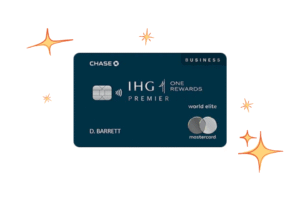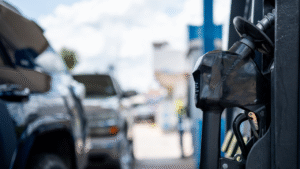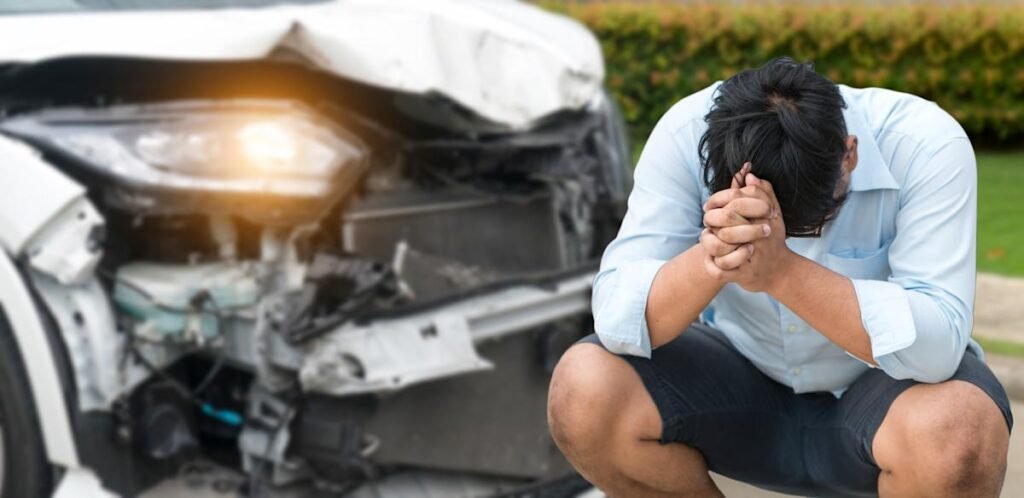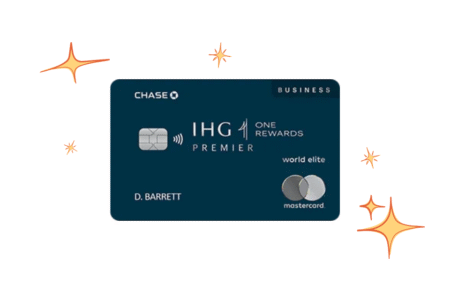Comparing car insurance quotes is a key step to finding the cheapest rates at the best of times — and after a car accident. We’ll show you some of the cheapest car insurance rates after one at-fault accident, explain how much your insurance will increase, how long it will stay elevated, and share how to protect yourself from being sued after an accident you cause.
Learn more: How does car insurance work? The basics explained.
Even just one accident will likely boost your car insurance rate if you were at fault.
To be at fault means that you made a mistake, such as running a stop sign, that caused the accident. The insurance company determines who was at fault based on a review of the police report, accident scene photos, and other information, as well as state law. Sometimes multiple drivers share the blame, so the insurer assigns a percentage of fault to each driver.
Learn more: Cheapest car insurance in the U.S.
Car insurance rates generally go up 30% to 70% after one accident. Your rate may stay elevated for as long as the accident is on your record, typically three to five years, or even 10 years or more for DUI and hit-and-run accidents.
The amount of the rate hike depends on the severity of the crash, your driving record, and who caused the accident. Insurers will be more lenient for a first, minor accident.
Learn more: How much does insurance increase after an accident?
A car insurance policy includes a variety of coverages. Here are the main types that protect you, your passengers, and your vehicle after an accident:
-
Liability insurance: This coverage protects your financial assets by covering the costs of damage and injuries others suffer in an accident that you caused, as well as legal fees if you’re sued. Bodily injury liability covers the costs of others’ injuries, and property damage liability covers the costs of damage to their vehicles or other property. Most states require drivers to carry liability insurance.
-
The other driver’s liability insurance: The other driver’s coverage kicks in if they were at fault for the accident. Their bodily injury liability would cover medical treatment for you and your passengers, and their property damage liability would pay for repairs or replacement of your car. You may also file a diminished value claim with the other driver’s insurer after repairs are completed if your car is worth less as a result of the accident.
-
Uninsured/underinsured motorist (UM/UIM): This covers your costs if the other driver was at fault for the accident and didn’t have any or enough liability insurance. Uninsured motorist bodily injury covers medical expenses of you and your passengers, and uninsured motorist property damage covers damage to your car. UM and UIM are required in many states.
-
Personal Injury Protection (PIP): PIP covers your medical bills and other expenses associated with injuries, no matter who caused the accident. It also covers your passengers in some states. PIP is required in some states and optional or unavailable in others.
-
Medical payments, or MedPay: MedPay covers the medical expenses for you and your passengers, regardless of who caused the accident. MedPay is optional in most states.
-
Collision insurance: Collision insurance covers damage to your car after an accident, regardless of who was at fault. If repair costs exceed the car’s value, collision insurance will reimburse you for what the vehicle was worth before the accident, minus your deductible. Collision insurance is optional, although your lender or leasing company likely requires it if you financed or leased your vehicle.
-
Comprehensive insurance: This will cover your car when it’s stolen or damaged by something such as a flood, fire, or vandalism. The only time it covers a collision is when you hit an animal, like a deer, with your vehicle.
Learn more: Most common types of car insurance coverage
Accident forgiveness is a car insurance perk that promises your rates won’t go up because of an accident. Some insurance companies offer free accident forgiveness for maintaining a good driving record, while others charge for the benefit.
The eligibility rules vary by insurer, and in some cases, the feature is limited to lower-cost accidents.
Ask about accident forgiveness when comparing car insurance quotes, and read the rules to understand how it works to decide whether it’s worth the cost.
Learn more: Is accident forgiveness worth it?
Follow these steps after an accident to stay safe and protect yourself financially.
-
Check for injuries and call 911 if anyone needs medical attention
-
Move your vehicle out of the way, or turn on the hazard lights if you can’t move it
-
Get contact information from any witnesses
-
Call the police to report the accident
-
Exchange contact and insurance information with the other driver
-
Take photos of the vehicles and the accident scene
-
Contact your insurance company
-
Keep information about the accident organized, and hang on to any records, such as medical bills
-
Get a copy of the police report
-
Stay in touch with the insurance company, and respond quickly to any questions
Learn more: What to do after an accident: Your step-by-step guide
You can’t prevent someone from suing you, but you can do a lot to protect yourself.
Immediately after the accident, take photos of the scene, including closeups of vehicle damage, and exchange contact and insurance information with the other driver. Write down anything the other driver said, interview witnesses, and make note of any security cameras in the area that may have footage of the accident. Call your insurance company right away.
If you are sued and have liability insurance, your insurer will provide a legal defense in most cases. Answer the attorney’s questions, and respond quickly to any information requests.
If you don’t have car insurance and are sued for an accident, read the lawsuit complaint and consult with an attorney to take the next steps.
Learn more: How to protect yourself from being sued after an accident
Your insurance would cover the accident as long as the driver had permission to use the car and wasn’t specifically excluded from the policy. A driver who took the car without your permission would be on the hook for any costs.
Learn more: What is an excluded driver?
Take photos of the car and the scene, and file a police report. The insurance company will likely want a copy. If the other driver left a note with contact information, call right away to get the driver’s insurance information. File a claim with the other driver’s insurer, and contact your own insurance company to report the damage. Your uninsured motorist property damage insurance will cover repairs if the other driver is uninsured or, in some states, has taken off without leaving a note. You’re also covered if you have collision insurance.
Learn more: Someone hit my parked car. What should I do?
A car is totaled when the repair costs exceed a certain percentage of the vehicle’s market value. A typical threshold is 75%. If coverage is available, either through your own policy or the other driver’s liability insurance, the insurer will pay a lump sum to compensate you for the car instead of paying for repairs.
Tim Manni edited this article.
Unless stated otherwise, the estimates above are provided by Savvy Insurance Solutions (“Savvy”). Savvy operates a marketplace for home and auto insurance, plus an agency licensed in all 50 states. Estimates are generated using Savvy’s in-house machine learning models based on over 3 million data points, and include more than 15 of the largest insurance companies in Savvy’s nationwide data set. This includes data from more than 2 million insurance accounts connected through Trellis Connect, an in-house technology allowing consumers to “link” their insurance accounts before searching for insurance, and tens of thousands of policies bound by Savvy’s own agents. It takes into account a myriad of factors to create predictions, such as:
-
Policyholder age
-
Number of vehicles
-
ZIP code
-
Vehicle age
-
Insurer
-
…and more
Savvy creates estimates by running models against multiple inputs to the parameters of interest. For instance, the “teen driver” estimates were created by adjusting the policyholder age input into the pricing model while keeping all other variables steady from the baseline for “full coverage.” The models enable hyper-personalized estimates that take into account a plethora of user attribute permutations (e.g., teen drivers in specific states, teen drivers with new vehicles, teen drivers in specific states with new vehicles) to provide individuals with a unique and tailored experience. The charts above are a subset of the kinds of personalization Savvy can do.
The following are definitions used by Savvy when providing its rate estimates for various types of coverage
Full coverage car insurance: A policy with comprehensive, collision, and liability coverage
Average policyholder: A 48-year-old driver who owns a 13-year-old vehicle and lives in an average-income ZIP code
Senior driver: A 70-year-old policyholder with full coverage car insurance
Good driver: Drivers across all coverage types, vehicle types, and locations who have no tickets, accidents or DUIs
Read the full article here

